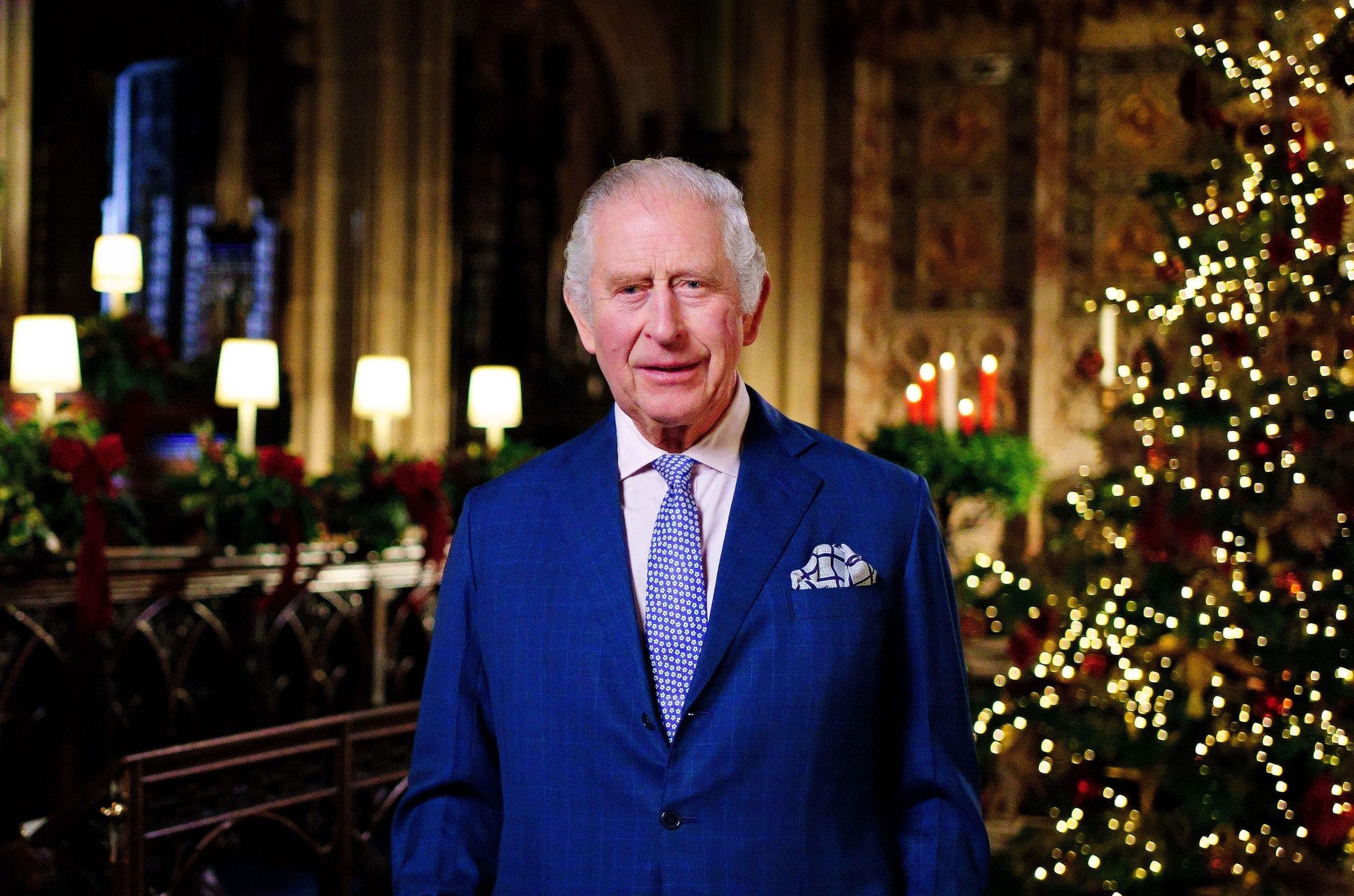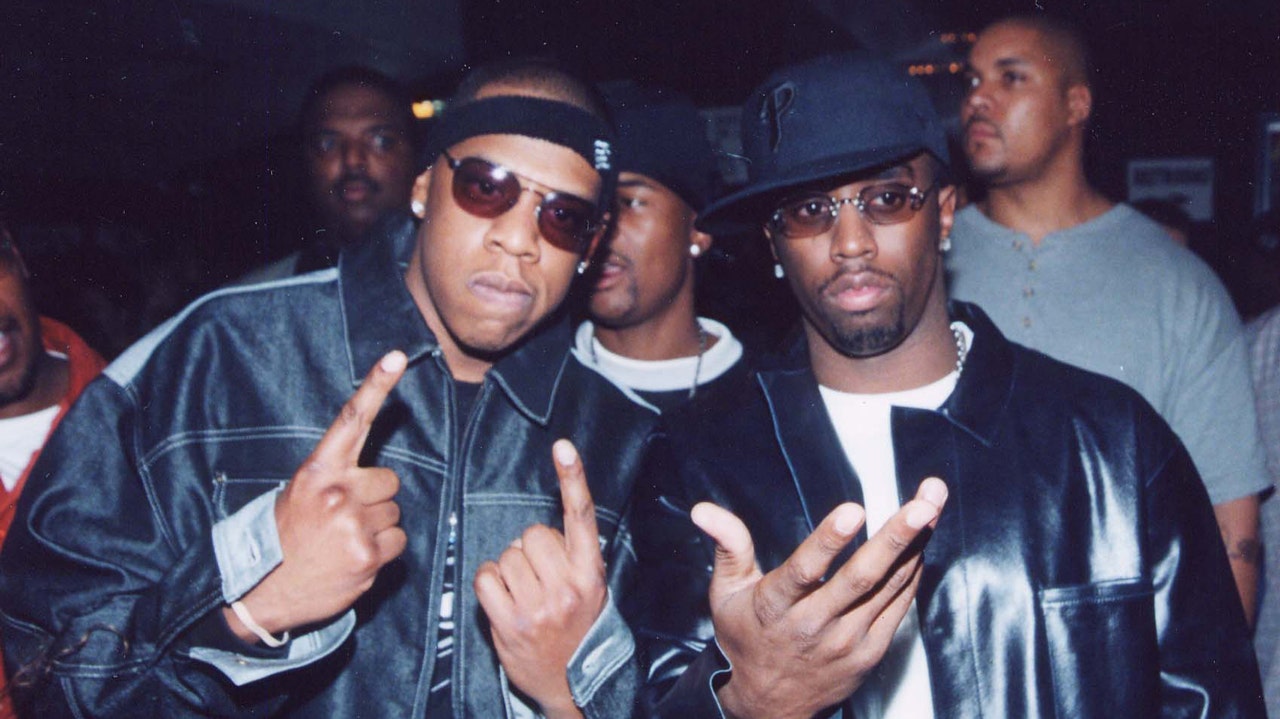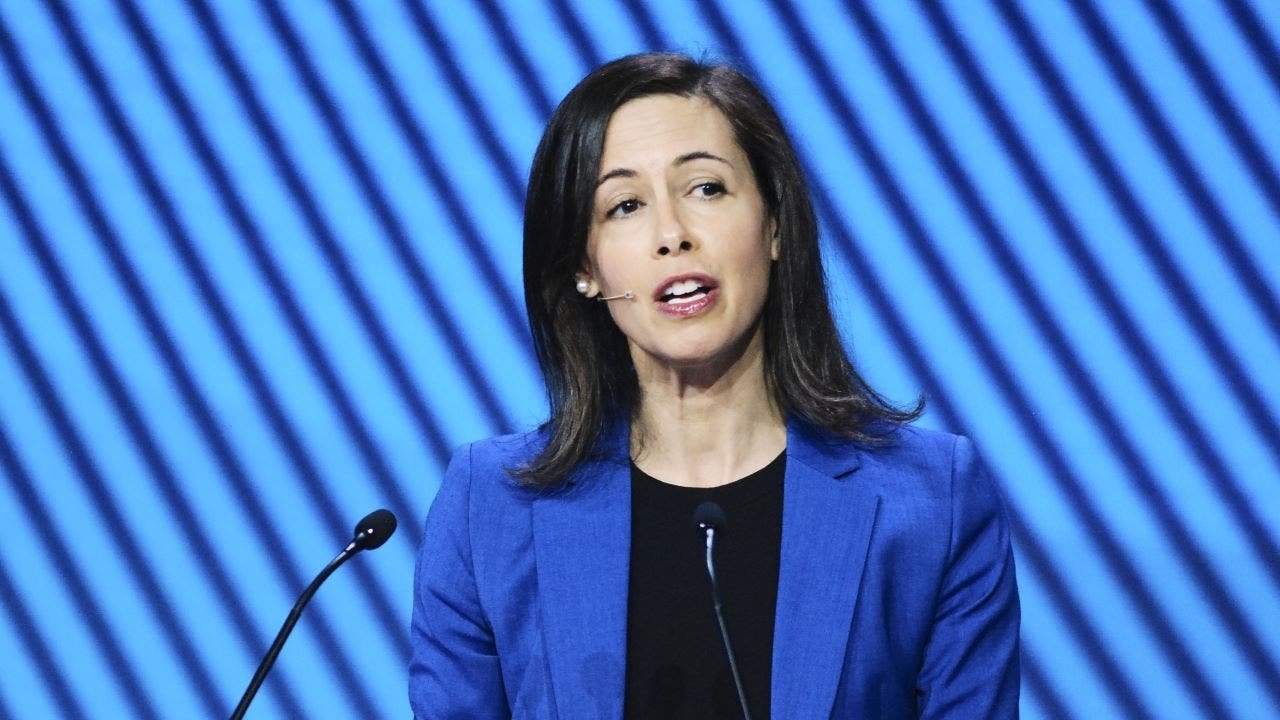The Intersection of AI and Political Advertising: Navigating New FCC Proposals
The world of political advertising is undergoing a seismic shift, primarily due to the introduction of artificial intelligence (AI) in the creation of content. As Sarah Ponczek and Luke Lloyd contemplate the ramifications of technology on various sectors, including airfreight and shipping, we find another pivotal moment in media regulation—the Federal Communications Commission’s (FCC) proposed rule requiring AI disclosures in broadcast ads. This move has sparked a vibrant discussion surrounding transparency, authenticity, and the integrity of democratic processes.
The FCC’s Proposal: A Ripple of Change
In a recent vote, the FCC commissioners advanced a proposal that mandates disclosure when AI is utilized in political advertising. The decisive 3-2 vote pushes the suggestion to public comment, igniting a debate on how AI influences our perception of reality, especially during elections. The alarming rise of disinformation campaigns has intensified this conversation, as roughly 75% of Americans express concerns about the potential for AI-generated content to mislead voters.
FCC Chairwoman Jessica Rosenworcel articulated a clear vision: “Voters deserve to know if the voices and images in political commercials are authentic or if they have been manipulated.” The proposal certainly seeks to establish guidelines that empower viewers, whether they are tuning in for a local election or a significant national event.
Breakdown of the Proposed Regulation
Under the FCC’s proposal, any advertisement employing AI must include an on-air announcement, plainly stating that the content has been created or influenced by artificial intelligence. Specifically, the announcement would inform audiences that “[The following] or [This] message contains information generated in whole or in part by artificial intelligence.” Such transparency is envisioned both verbally and visually, providing a safeguard against manipulation, especially as the future of political communication converges with innovative technology.
The proposed guidelines outline AI broadly, covering anything from synthesized voices to digitally created actors aiming to resemble real individuals. This definition aims to capture the expanding landscape of content creation, requiring meticulous consideration of how today’s rapid advancements might shape tomorrow’s narratives.
Criticism from Within: Voices of Dissent
Despite the well-meaning intentions behind the proposed regulations, not everyone is aligned with the FCC’s current direction. Commissioner Brendan Carr vehemently opposed the initiative, suggesting that it intrudes on the regulatory playground of the Federal Election Commission (FEC). Carr expressed concerns about the timing of the proposal, lamenting that the rush to implement regulations could create chaos in the already turbulent pre-election landscape.
Carr’s dissent highlights an inherent tension within regulation—ensuring the integrity of information while allowing for the free flow of ideas critical to the political arena. He argues that instituting such rules just before elections could confuse voters further rather than clarify the authenticity of campaign messages. It raises the question: can a sweeping regulation effectively address the nuanced complexities of misinformation without hampering democratic discourse?
The Broader Implications for Democracy
As the lines between reality and artifice blur, the implications for democracy become profound. The introduction of AI in political advertising not only complicates the electorate’s ability to discern truth from manipulation but also challenges the very fabric of trust in media. The voices behind campaigns are not just public figures; they are curated images shaped by algorithms, potentially engineering a skewed perception of political realities.
Eleven states have already taken proactive measures, enacting laws that regulate AI-generated "deepfakes" in political ads. This leading-edge shift signals an understanding that as technology evolves, so too must our approaches to safeguarding democratic principles. The FEC’s exploration of regulatory measures reflects a compelled need to maintain accountability within political communication, emphasizing the urgency for clear standards.
A Future of Transparency and Trust
The quest for transparency continues, with the FCC’s proposal heralding potential changes in how political advertising is produced and perceived. Although the road ahead includes pressing questions and varied opinions, it also offers opportunities to fortify democracy’s foundation against manipulation. Voters deserve clarity in a time riddled with complexity, and as technology presses forward, vigilance will be paramount.
Rosenworcel encapsulated this sentiment eloquently when she stated, “This is not about telling the public what is true and what is false. It is about empowering every voter.” As we reflect on these developments, the narrative of AI in our lives is far from finished; it is a moment rich with possibilities, urging us to consider how far we will go to ensure that authenticity reigns supreme in our political discourse.




































